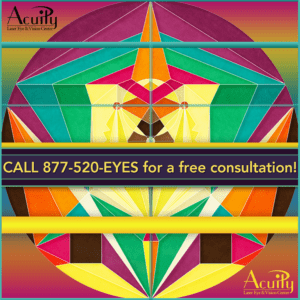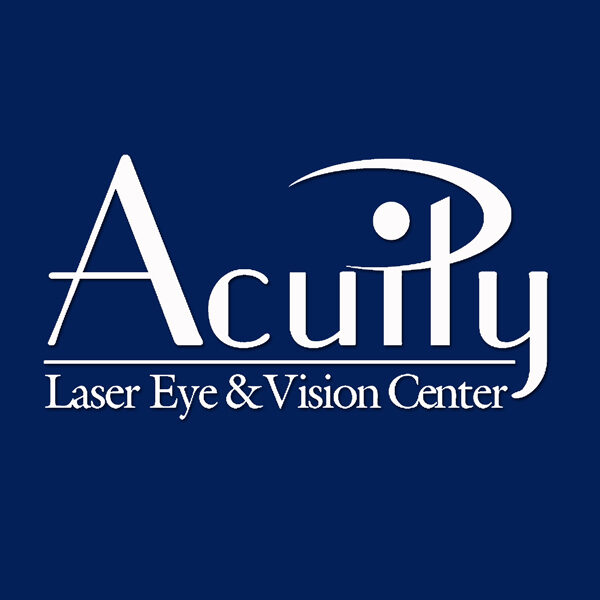Many a 40-something guy or gal has experienced that seemingly sudden shortening of the arms. Your arms don’t actually shrink, but somehow they don’t seem long enough to get that newspaper or book far enough away to read. That’s how the actual condition of age-related farsightedness (where you can’t see very well close-up), or Presbyopia, got the nickname long-armed sight. Or maybe you’ve heard it referred to as TMB syndrome too many birthdays.
Okay, so maybe if you’re in that 40-something group, none of this is humorous to you. Any sign of aging never is! If you’ve gone your whole life without needing glasses, the news that you do can be especially surprising and a bit shocking. But it’s a completely normal part of aging.
The term presbyopia comes from a Greek word meaning old eye, and it describes a predictable
process in which the lens of the eye gradually becomes increasingly rigid and inflexible over time. For most people, the process becomes noticeable somewhere between 40 and 45 years of age. At that point, the muscles that control the focusing of the eye’s lens aren’t able to induce it to focus as effectively, and we begin losing our ability to focus on nearby objects, such as the daily newspaper.
While prevention is the order of the day in healthcare, it won’t help with this aging process. But correction is usually easy if a little damaging to the ego. For people who have existing vision correction needs, the most common treatment calls for bifocal or progressive glasses or contacts. For newbies to the vision correction world, reading glasses may be the ticket. Laser vision correction with Monovision is also an excellent treatment for this loss of near vision.
I t’s not hard to figure out if you might be developing presbyopia. The symptoms are pretty easy to identify. One common symptom is the gradual realization that you have to hold reading material farther away from your eyes than you used to. Another sign is eyestrain when you’re doing close-up work, or the need for more light in order to read. Accommodative spasm, in which prolonged focusing on a near object of interest results in blurring of vision at distance when one looks away from the near object, is another common symptom.
t’s not hard to figure out if you might be developing presbyopia. The symptoms are pretty easy to identify. One common symptom is the gradual realization that you have to hold reading material farther away from your eyes than you used to. Another sign is eyestrain when you’re doing close-up work, or the need for more light in order to read. Accommodative spasm, in which prolonged focusing on a near object of interest results in blurring of vision at distance when one looks away from the near object, is another common symptom.
Presbyopia is a progressive condition, which means that it will gradually worsen over time. But patients can rest assured that its effects are easily treatable. During regular annual checkups, your eye care doctor can accurately measure your near vision and prescribe glasses or contacts that will compensate for the loss of focusing ability. Or you can opt for laser vision correction options such as monovision or Presby-LASIK.
Don’t let presbyopia cause added distress as you age. it’s only natural! If you’re holding things farther away to see them, call Acuity to schedule a free consultation and learn about options for treating Presbyopia.

